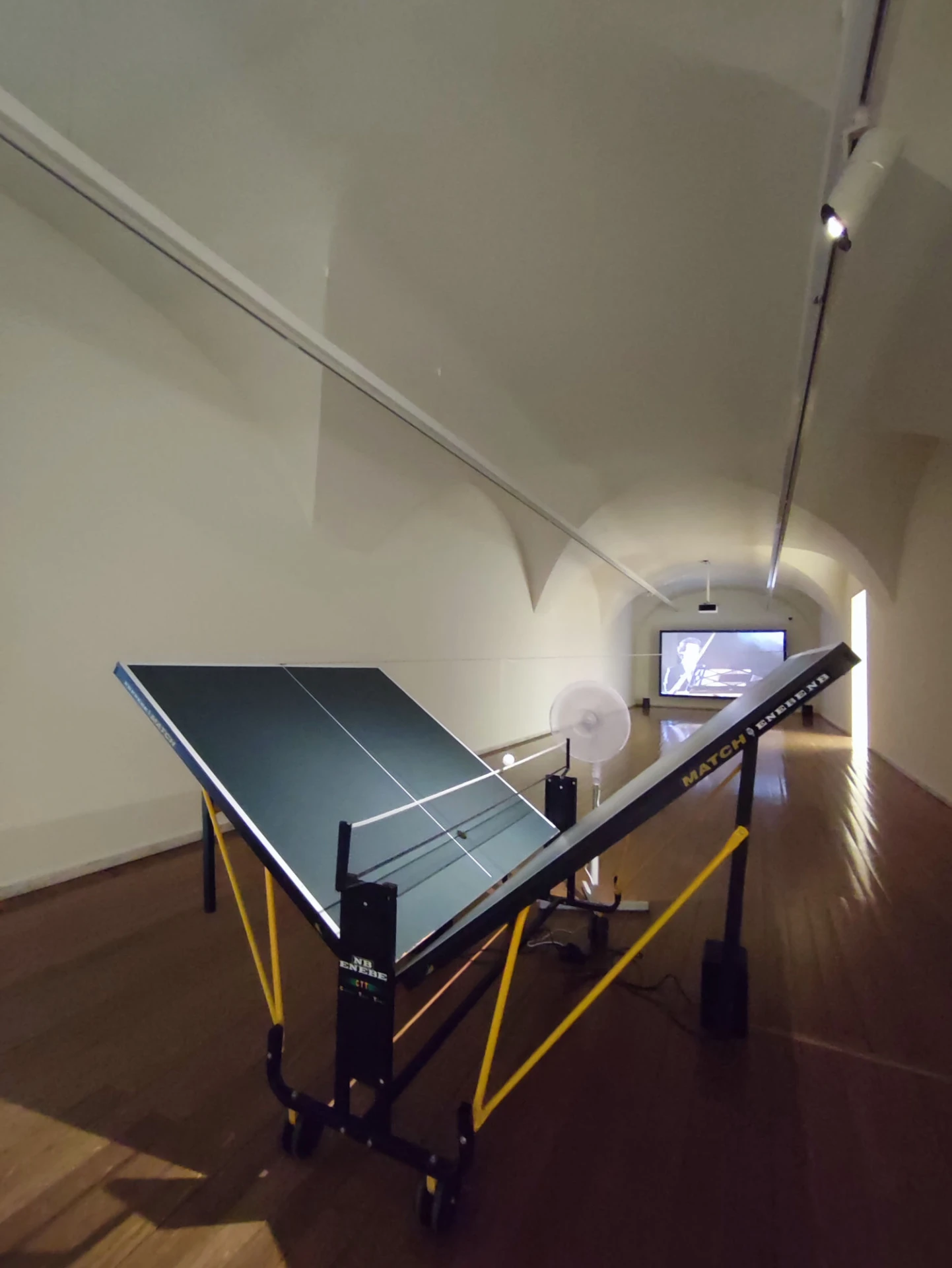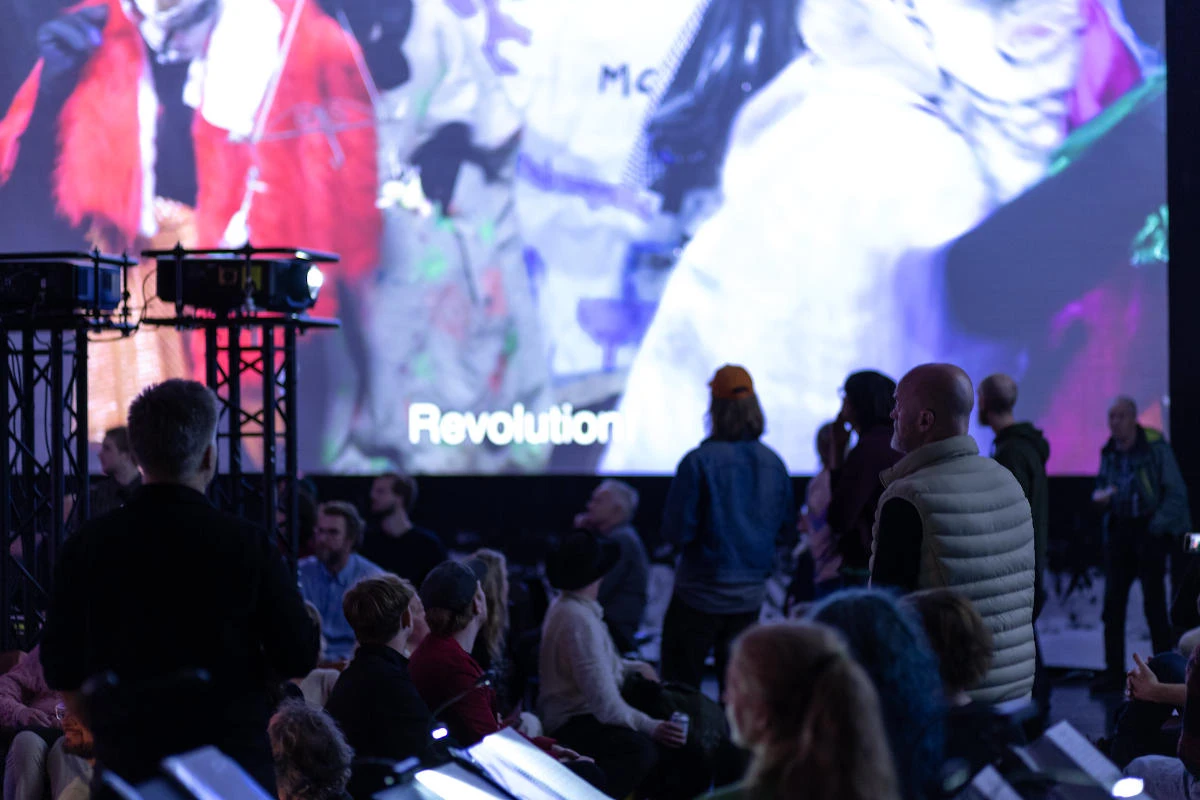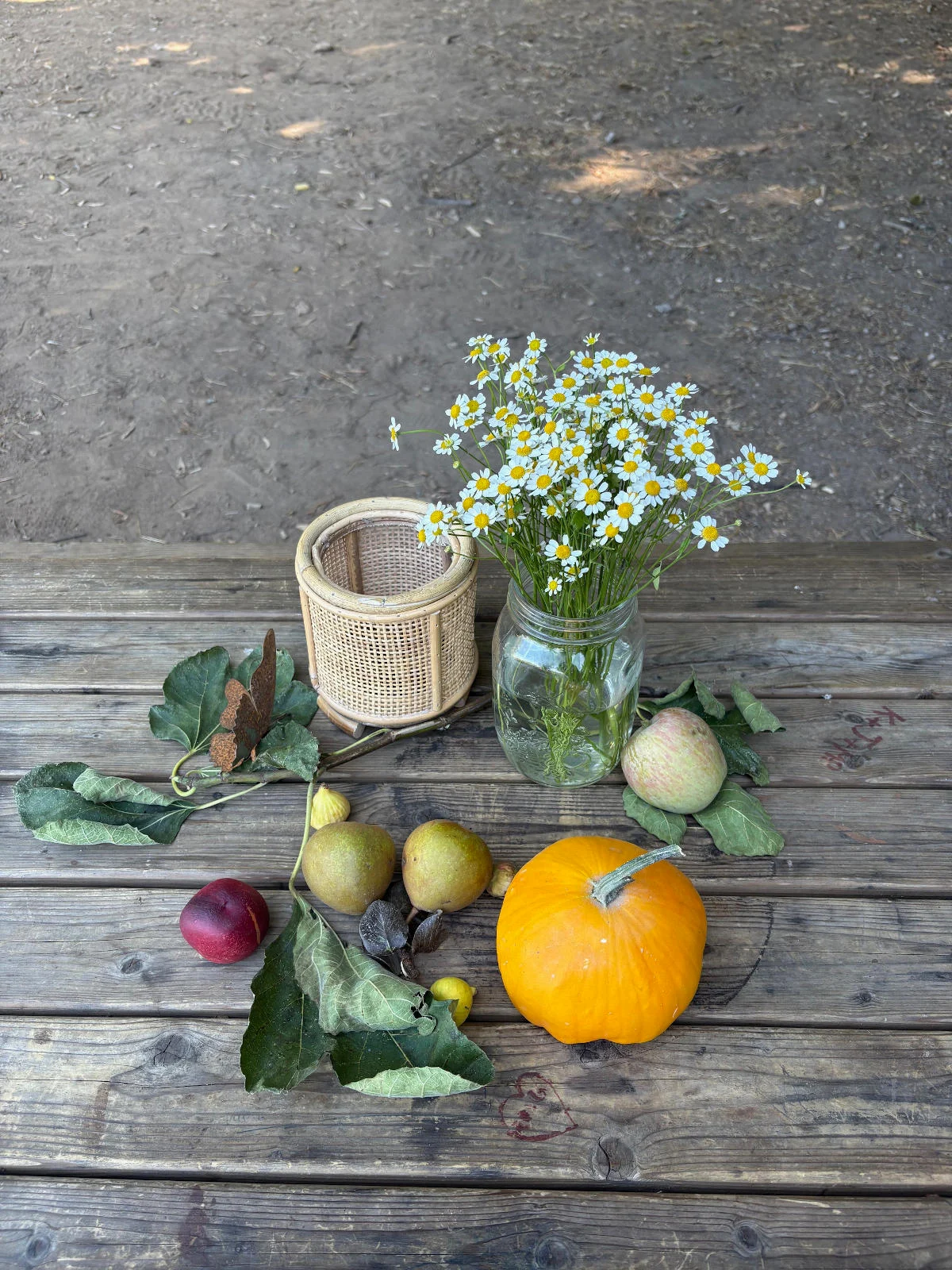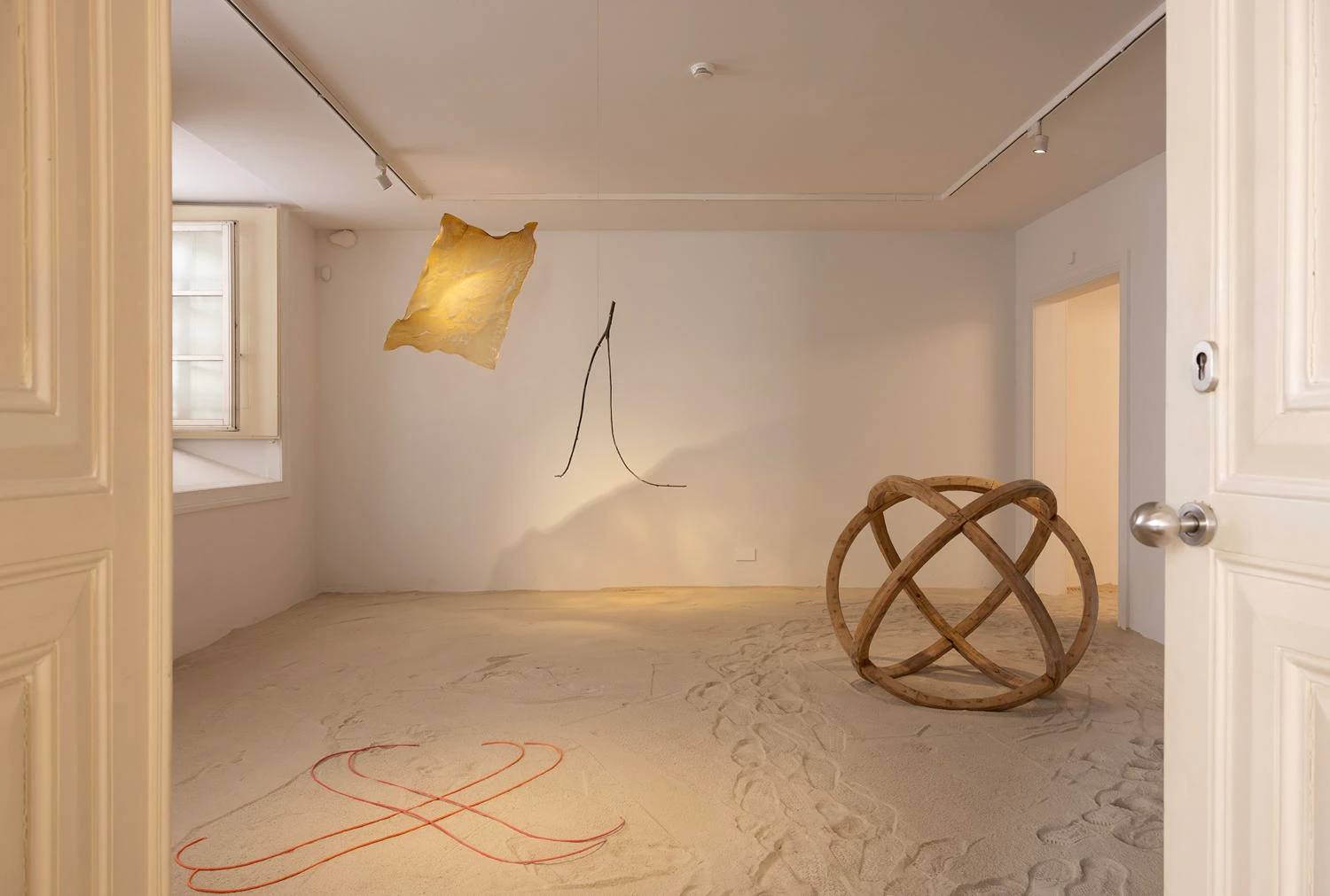The current local election campaign prompts a period of reflection to reckon, among other things, the sort of image that parties and political candidates rely on to establish communication with citizens. Political billboards emerge one after the other, with worn-out slogans, a barely tolerable printing quality and a low-level imagery, one that sometimes even become laughable. The simplistic act of using, for communication purposes, the photo of the candidates personifies an egotistic trait, with the spotlight being focused on a single, individual person, far from the ideas (ideologies) or the issues faced by the community. The current political billboards are a reflection of the major disease of contemporary and professional politics: vanity.
This was not always the case. The artistic vanguards of the 20th century, for instance, conceived political posters with a high-level printing quality, in large numbers, endowed with an impressive communicational cleanliness. Art and politics came together in radical experiences to convey ideological messages and images, despite being something deeply totalitarian, oppressive and insidious. The political instrumentation of art would eventually, and logically, distort the much-needed freedom to nurture creation and thought.
However, the Cuban Revolution and the liberation initiatives launched by OSPAAAL – Organization of Solidarity with the People of Asia, Africa and Latin America – gave a new lease of creativity and brand new edges to political posters. Based on this organization, and on the issuance of the magazine Tricontinental, artists and politicians joined efforts to disseminate posters that would call for equality, economic and social justice, tolerance, respect, national independence and the emancipation from any colonizing initiative. In other words, these actions were mainly focused on the so-called third-world countries.
The exhibition Cuban Posters of OSPAAAL 1960-1980, at ZDB, comprehensively exhibits this whole graphic and artistic work of political posters produced throughout two decades, a period when the seminal figure of Fidel Castro conveyed a prominent intellectual, critic and ideological gravitas, and the other, the one of Che Guevara, portrayed a feisty and revolutionary beacon, aspired by many. A bit all over the building, from the ground to the second floor, the full-fledged hypocrisy of the twisted machinations of contemporary politics (from the 60s onwards) is exposed in illustrated messages, more or less subliminal, more or less explicit, with cynicism, humour and inventiveness.
Natxo Checa, the exhibition’s curator, says that this is a historical exhibition. Historical but not dated. These are documents that, despite being several decades old, are still up to date from the printing and political point of view. Syria and the Middle East are part of it, and so is the inescapable Israeli-Palestinian conflict. Many African countries, known as oppressed, are equally part of this sample: Mozambique, Guinea-Bissau, Namibia, Angola, Congo – and curiously, as stated by Natxo Checa, these nations were not only oppressed in the past (some of them by Portugal, let that be clear), but continue to be up to this day. In other words, about 50 years later, history has radically changed for some, but remained largely unaltered for others which, nonetheless, represent a significant percentage of the world’s population.
And if the exhibition is simply made of posters, the complexity inherent to these and to the exhibition is not as straightforward as it seems, when taking into account what was said and a lot more (the use of the magazine as an artistic and design support, the urban trait of the posters, the reproducibility and the dawn of photography which started to compete with illustration, etc.). And this whole context claims for the establishment of a publication capable of gathering the several subjects exhibited, reflecting on a technique often forgotten, and its relationship with contemporary art, or with current art. Amid the appalling uncertainty of modern times, it is possible that expressive genres of struggle and resistance may end up crossing paths with many of these documents.
Cuban Posters of OSPAAAL 1960-1980 is curated by Natxo Checa, through the event of Lisbon Ibero-American Capital of Culture 2017, and it can be seen at ZDB until September 23, from Wednesday to Saturday, 6 pm to 10 pm.
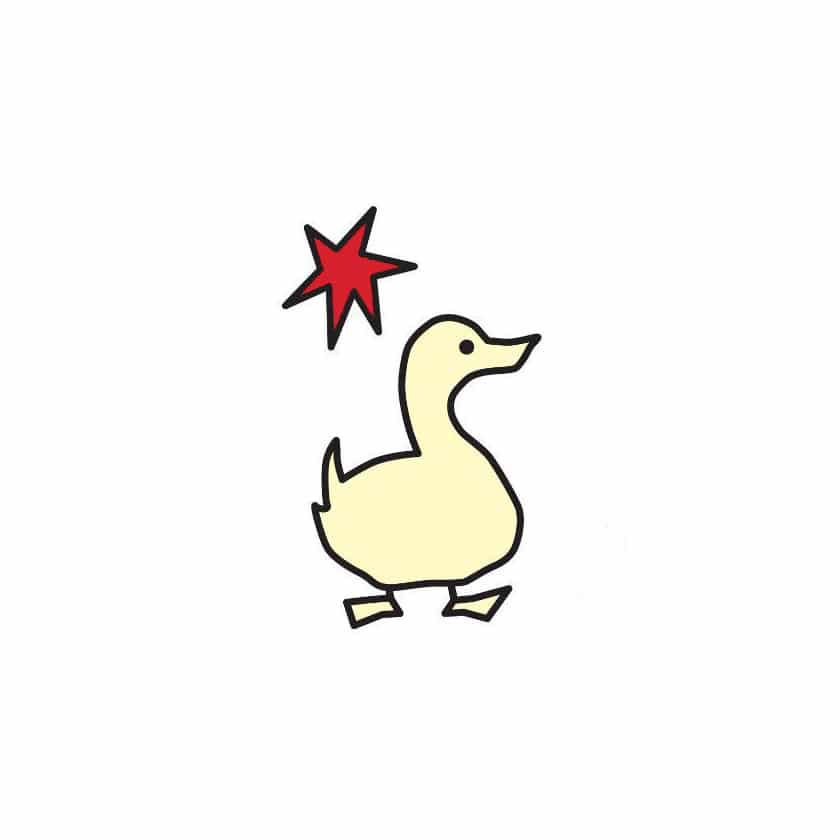
![8th edition of Bairro das Artes [Art District]](https://umbigo.s3.us-east-1.amazonaws.com/public/wp/1bairrodasartes_01.jpg)
